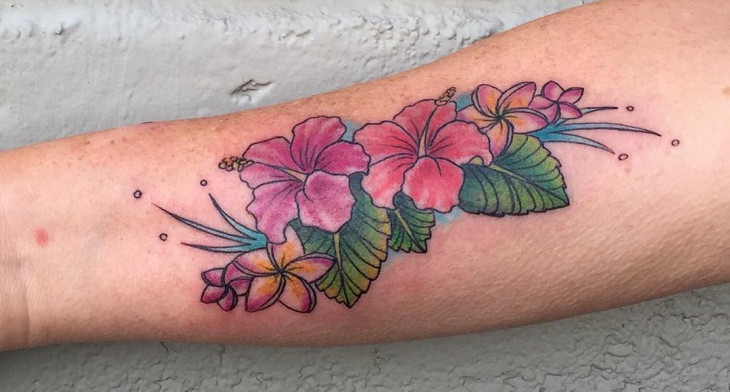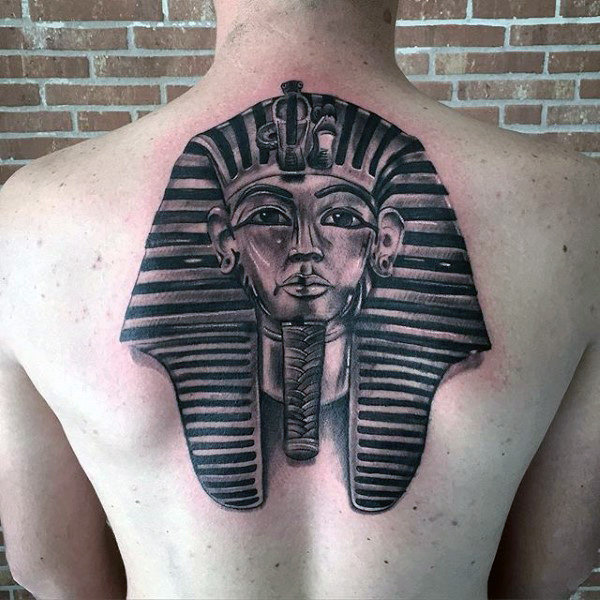
After receiving a new tattoo, initial redness is normal and serves as your body’s healing response to this wound. However, if your tattoo becomes extraordinarily red and bumpy or has symptoms such as bleeding or oozing, this could be a telltale sign of infection.
Causes
Tattoo-covered skin can be particularly vulnerable to infection due to trauma and compromised barrier function created by tattooing procedures, leading to pain, itching, and swelling resulting from disease. Therefore, any process must be conducted using sterile equipment and follow any specific aftercare recommendations provided by your artist.
Some individuals who suffer from eczema, psoriasis, or contact dermatitis may experience flare-ups when getting tattooed, which could be caused by the ink, soaps, and lotions used during tattoo application and the allergens present. Treating contact dermatitis involves switching products or avoiding allergens as treatment options.
Minor discomfort from a new tattoo should be considered normal; however, if it becomes severe and manifests as redness, pus-filled pimples, or scaly patches, medical advice must be sought immediately. Rashes that appear like hives or faint rashes can often be treated effectively using antihistamine medications like Benadryl.
Symptoms
An area around your new tattoo may develop redness, bumps, or flaking skin due to an allergic reaction. When this occurs, extreme itching often follows, and using unscented lotion or cream can provide temporary relief; otherwise, consult your physician about getting topical corticosteroid medications prescribed as soon as possible.
Minor itching, swelling, and mild rashes following getting a tattoo are entirely normal reactions, serving as the body’s natural trauma response and gradually subsiding as the ink adjusts with your body and heals over time.
However, if symptoms persist after healing, this could indicate infection or another serious medical condition. Fever, chills, or stomachache accompanied by the rash should prompt medical intervention. A post-healed tattoo-related rash could also indicate a chronic skin disease known as Sarcoidosis, which causes inflammation to spread to various organs within the body and should also be investigated immediately.
Treatment
After getting a tattoo, it’s normal to experience redness, itching, and swelling as your body reacts against the ink injected under your skin. These reactions should resolve within a few weeks. But if they continue beyond this point, this could indicate an allergic reaction from the ink used – signs like bumpy rashes, blisters, scaly patches, or crusting could indicate this problem; in such instances, seek medical advice immediately.
If your rash is due to external irritants like soap, lotion, or perfume, avoiding those products can help ease itching. If in doubt whether or not this is related to tattoo art or something else entirely, consult with your artist, who should be able to narrow down its source and create a treatment plan – they may even prescribe antibiotics if necessary! In cases of severe pain, vomiting, dizziness, or stomach ache (accompanied by shortness of breath or other symptoms), seek immediate medical assistance.
Prevention
Rashes associated with older Tattoos may be more prevalent, yet typically do not cause the same issues as those on brand new tattoos. Since old tattoos’ skin has already formed a protective layer against germs, older rashes are less likely to be affected by external or internal allergen triggers and don’t interfere with ink-settling processes.
Follow your tattoo artist’s instructions regarding care and hygiene to avoid a post-tattoo rash. Gently washing the area daily with warm water and antibacterial soap is essential; using a thick, occlusive moisturizer (e.g., Aquaphor Healing Ointment or Zensa Healing Cream) on it to protect and keep it hydrated is also vital; doing this may reduce scabbing or lightened spots that form on it as it heals; additionally, avoid prolonged sun exposure as much as possible and always apply sunscreen before going outdoors will also help reduce its chances.

